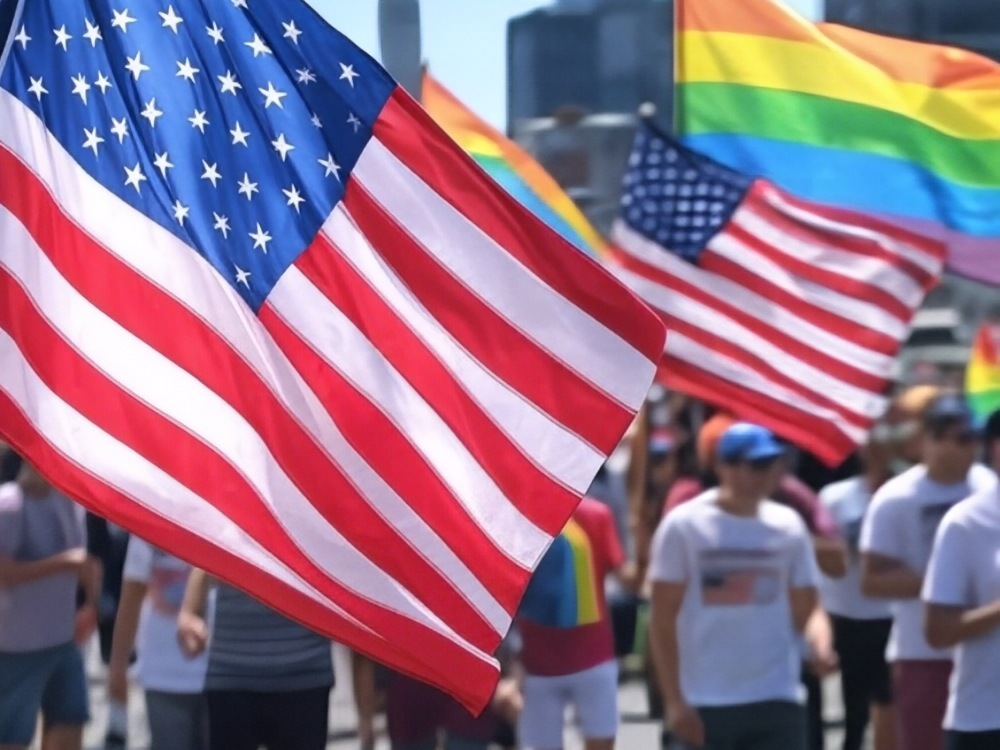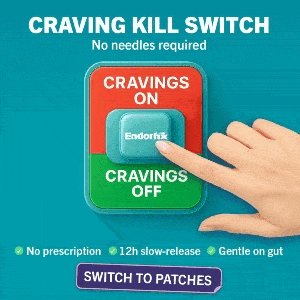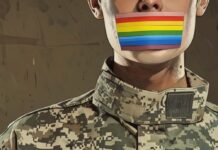A new Gallup report has revealed that 9.3% of adults in the United States now identify as LGBTQ+, marking a steady rise in queer visibility across the country. The survey, conducted in 2024 via telephone interviews with 14,000 people, highlights how younger generations—particularly Gen Z and bisexual women—are driving this increase.
Gen Z Leads the Way in LGBTQ+ Identification
One of the most striking findings from the survey is the generational divide. Among adults aged 18 to 27 (Gen Z), nearly 1 in 4 identify as LGBTQ+. Breaking it down further, 31% of Gen Z women identified as LGBTQ+ compared to 12% of Gen Z men.
The report also shows that bisexuality remains the most common LGBTQ+ identity, making up 50% of those surveyed. Women were nearly twice as likely as men to identify as LGBTQ+.
Increase in Trans and Nonbinary Visibility
Gallup’s data also sheds light on the growing number of transgender, nonbinary, and genderqueer individuals. The percentage of respondents identifying as transgender has more than doubled in the past four years, rising from 0.6% in 2020 to 1.3% in 2024.
Among younger generations, the increase is even more pronounced:
- 4.1% of Gen Z respondents identified as transgender
- 1.7% of Millennials did the same
- Older generations reported less than 1%
Political Divide in LGBTQ+ Identification
Gallup found a significant difference in LGBTQ+ identification based on political affiliation:
- 21% of liberals identified as LGBTQ+
- Only 3% of conservatives did the same
Concerns for the Future of LGBTQ+ Visibility
Despite the rise in numbers, experts caution that this trend could be reversed if social acceptance declines—especially under a potential second Trump administration.
Dr. Mitchell R. Lunn, co-director of a Stanford LGBTQ+ health study, expressed concern that fear and political shifts could drive people back into the closet: “I worry that it will push some people to go back into the closet and not be out about their identity anymore.”
“I think we may lose a lot of the really positive momentum that we’ve built over the past decades.”
Could the Numbers Be Even Higher?
Gallup acknowledged that its numbers are likely an underestimate, as some respondents may not have felt comfortable sharing their identities over the phone. 5% of those surveyed declined to answer the question altogether, meaning the true number of LGBTQ+ adults could be even higher.
With visibility at an all-time high but political uncertainty looming, the future of LGBTQ+ identification in the U.S. remains a key issue to watch.
























